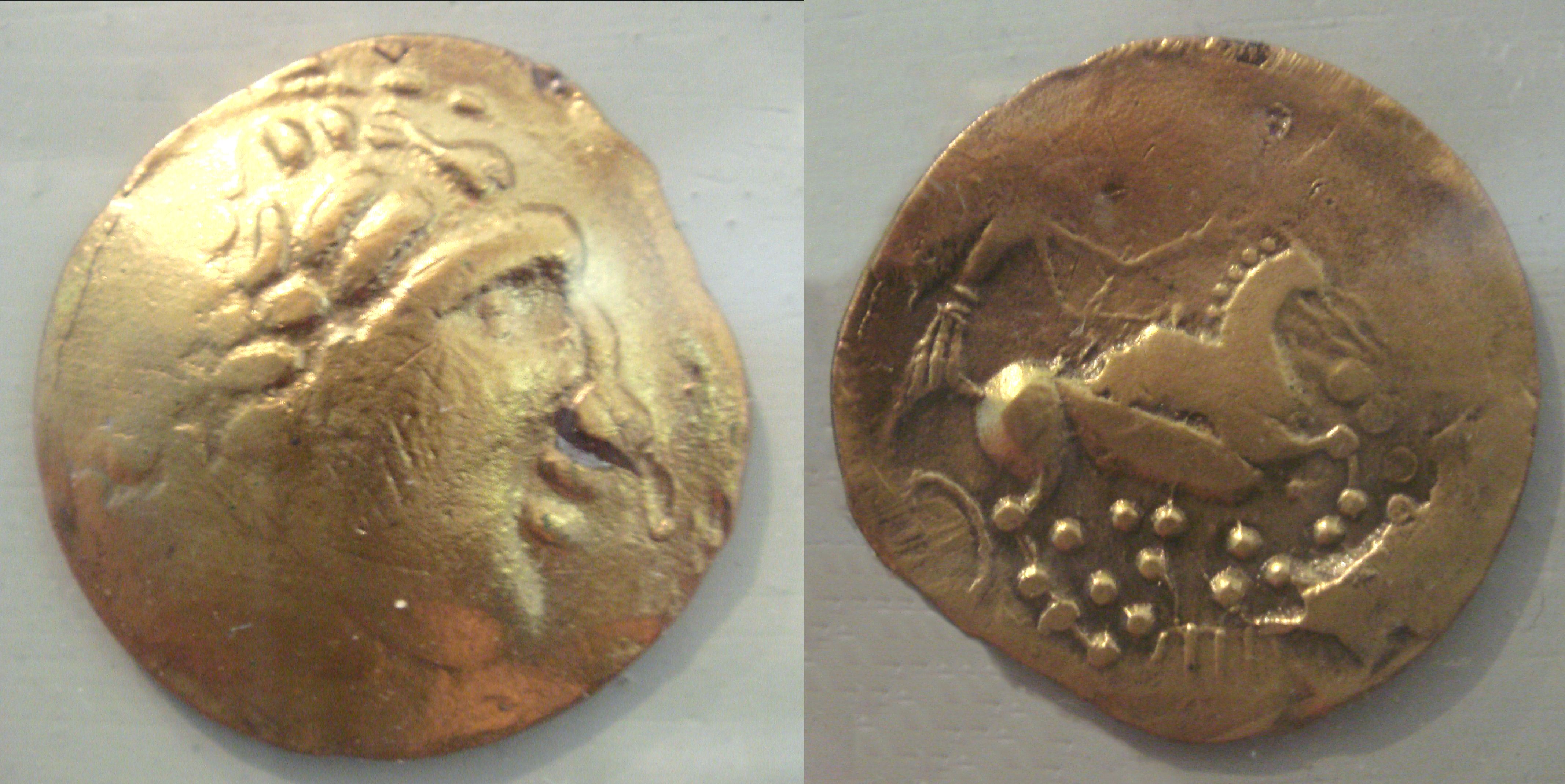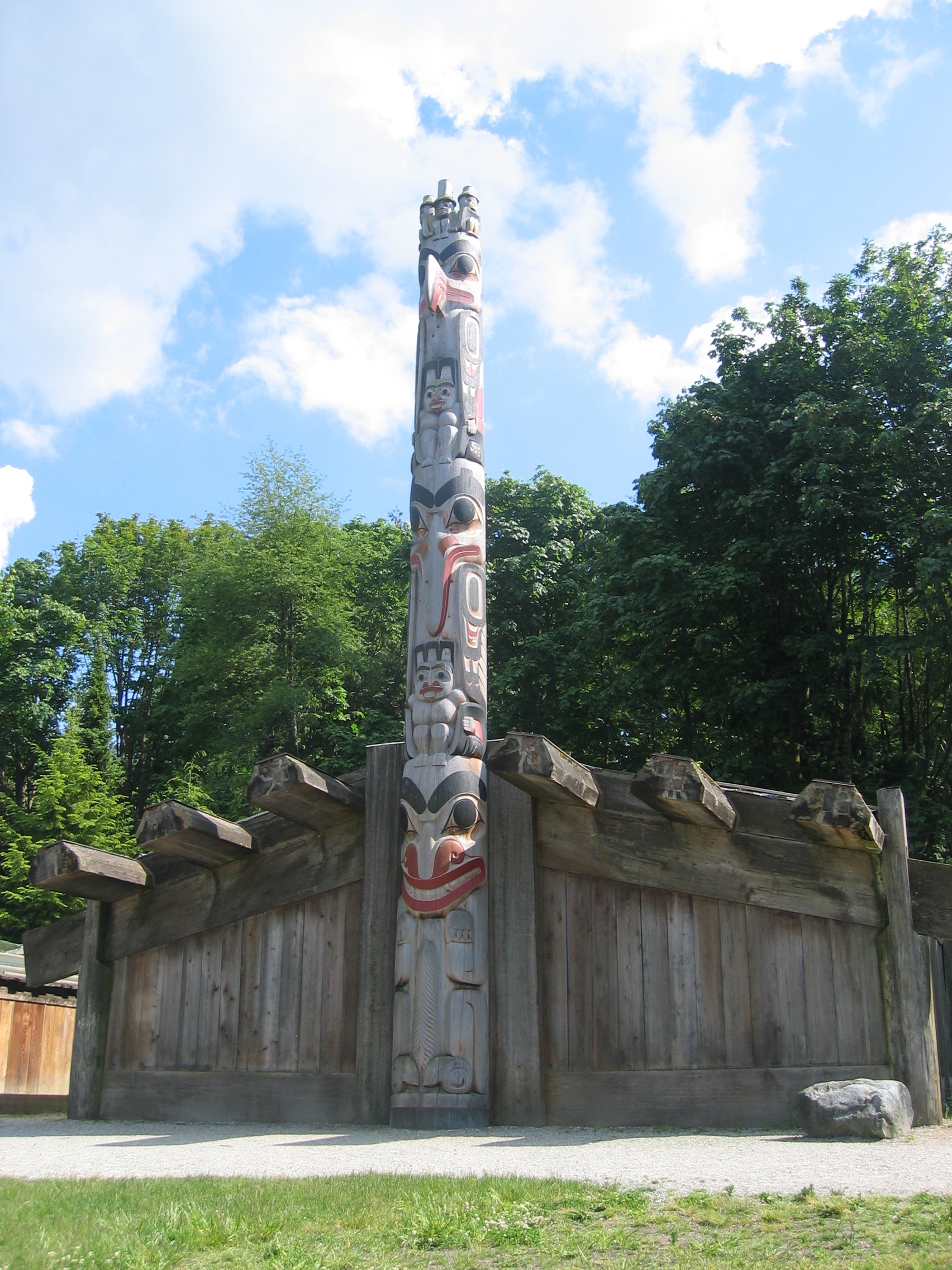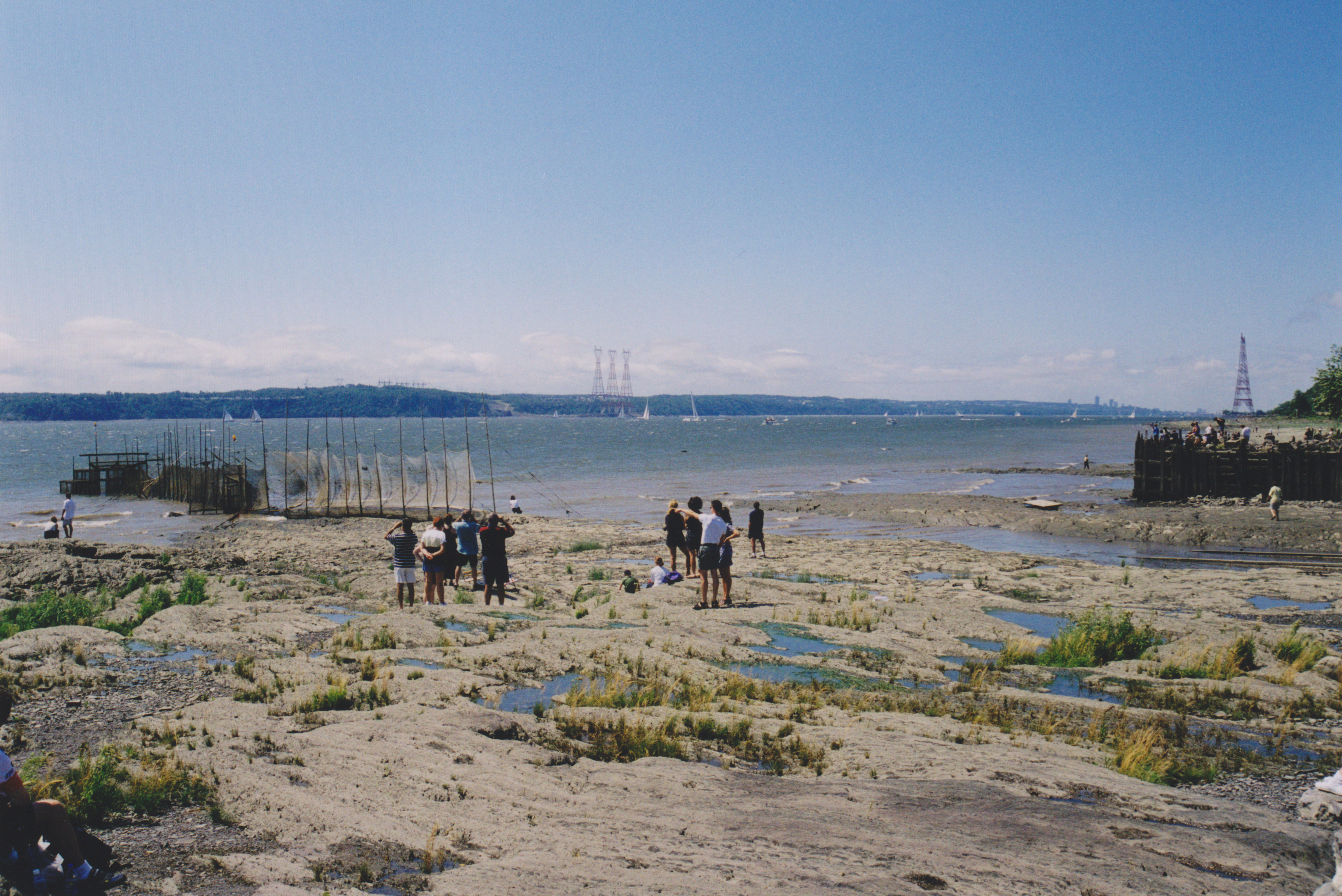|
Joseph-François Lafitau
Joseph-François Lafitau (; May 31, 1681 – July 3, 1746) was a French Jesuit missionary, ethnologist, and naturalist who worked in Canada. He is best known for his use of the comparative method in the field of scientific anthropology, the discovery of American ginseng, and his writings on the Iroquois. Lafitau was the first of the Jesuit missionaries in Canada to have a scientific point of view. Francis Parkman praises Lafitau, stating, "none of the old writers are so satisfactory as Lafitau." He is best known as the author of '' Customs of the American Indians Compared with the Customs of Primitive Times'' (1724). Early years Lafitau was born in Bordeaux on May 31, 1681, to Jean Lafitau and Radegonde Bercambois (or Berckembos, of Flemish origin). He died there on July 3, 1746. Growing up in the port city of Bordeaux, Lafitau gained an interest in the French empire at a young age. Although his father was a wealthy merchant and banker among the elite of Huguenot Protestantism ... [...More Info...] [...Related Items...] OR: [Wikipedia] [Google] [Baidu] |
Bordeaux
Bordeaux ( ; ; Gascon language, Gascon ; ) is a city on the river Garonne in the Gironde Departments of France, department, southwestern France. A port city, it is the capital of the Nouvelle-Aquitaine region, as well as the Prefectures in France, prefecture of the Gironde department. Its inhabitants are called "''Bordelais'' (masculine) or "''Bordelaises'' (feminine). The term "Bordelais" may also refer to the city and its surrounding region. The city of Bordeaux proper had a population of 259,809 in 2020 within its small municipal territory of , but together with its suburbs and exurbs the Bordeaux Functional area (France), metropolitan area had a population of 1,376,375 that same year (Jan. 2020 census), the sixth-most populated in France after Paris, Lyon, Marseille, Lille, and Toulouse. Bordeaux and 27 suburban municipalities form the Bordeaux Métropole, Bordeaux Metropolis, an Indirect election, indirectly elected Métropole, metropolitan authority now in charge of wi ... [...More Info...] [...Related Items...] OR: [Wikipedia] [Google] [Baidu] |
Paganism
Paganism (, later 'civilian') is a term first used in the fourth century by early Christians for people in the Roman Empire who practiced polytheism, or ethnic religions other than Christianity, Judaism, and Samaritanism. In the time of the Roman Empire, individuals fell into the pagan class either because they were increasingly rural and provincial relative to the Christian population, or because they were not '' milites Christi'' (soldiers of Christ).J. J. O'Donnell (1977)''Paganus'': Evolution and Use, ''Classical Folia'', 31: 163–69. Alternative terms used in Christian texts were '' hellene'', '' gentile'', and '' heathen''. Ritual sacrifice was an integral part of ancient Greco-Roman religion and was regarded as an indication of whether a person was pagan or Christian. Paganism has broadly connoted the "religion of the peasantry". During and after the Middle Ages, the term ''paganism'' was applied to any non-Christian religion, and the term presumed a belief in fal ... [...More Info...] [...Related Items...] OR: [Wikipedia] [Google] [Baidu] |
Pierre Daniel Huet
P. D. Huetius Pierre Daniel Huet (; ; 8 February 1630 – 26 January 1721) was a French churchman and scholar, editor of the Delphin Classics, founder of the Académie de Physique in Caen (1662–1672) and Bishop of Soissons from 1685 to 1689 and afterwards of Avranches. Life He was born in Caen in 1630, and educated at the Jesuit school there. He also received lessons from a Protestant pastor, Samuel Bochart. By the age of twenty he was recognized as one of the most promising scholars of his time. In 1651 he went to Paris, where he formed a friendship with Gabriel Naudé, conservator of the Mazarin Library. In the following year Samuel Bochart, being invited by Queen Christina of Sweden to her court at Stockholm, took his friend Huet with him. This journey, in which he saw Leiden, Amsterdam and Copenhagen, as well as Stockholm, resulted chiefly in the discovery, in the Swedish royal library, of some fragments of Origen's ''Commentary on St Matthew'', which gave Huet the ... [...More Info...] [...Related Items...] OR: [Wikipedia] [Google] [Baidu] |
Urmonotheismus
The term ( German for " primeval monotheism") or "primitive monotheism" expresses the hypothesis of a monotheistic '' Urreligion'', from which polytheistic religions allegedly degenerated. This evolutionary view of religious development contrasts diametrically with another evolutionary view on the development of religious thought: the hypothesis that religion progressed from simple forms to complex: first pre-animism, then animism, totemism, polytheism, and finally monotheism. History In 1898, the Scottish anthropologist Andrew Lang proposed that the idea of a Supreme Being, the "High God", or "All Father" existed among some of the simplest of contemporary tribal societies prior to their contact with Western peoples, and that ''Urmonotheismus'' ("primitive monotheism") was the original religion of humankind. This idea has parallels in the works of Tertullian and in rabbinic literature. The Catholic priest Wilhelm Schmidt (1868–1954) defended the idea of ''Urmonotheis ... [...More Info...] [...Related Items...] OR: [Wikipedia] [Google] [Baidu] |
Ethnography
Ethnography is a branch of anthropology and the systematic study of individual cultures. It explores cultural phenomena from the point of view of the subject of the study. Ethnography is also a type of social research that involves examining the behavior of the participants in a given social situation and understanding the group members' own interpretation of such behavior. As a form of inquiry, ethnography relies heavily on participant observation, where the researcher participates in the setting or with the people being studied, at least in some marginal role, and seeking to document, in detail, patterns of social interaction and the perspectives of participants, and to understand these in their local contexts. It had its origin in social and cultural anthropology in the early twentieth century, but has, since then, spread to other social science disciplines, notably sociology. Ethnographers mainly use Qualitative research, qualitative methods, though they may also include ... [...More Info...] [...Related Items...] OR: [Wikipedia] [Google] [Baidu] |
Exogamy
Exogamy is the social norm of mating or marrying outside one's social group. The group defines the scope and extent of exogamy, and the rules and enforcement mechanisms that ensure its continuity. One form of exogamy is dual exogamy, in which two groups continually intermarry with each other. In social science, exogamy is viewed as a combination of two related aspects: biological and cultural. Biological exogamy is the marriage of people who are not blood relatives. This is regulated by incest taboo, incest taboos and Legality of incest, laws against incest. Cultural exogamy is marrying outside a specific cultural group; the opposite being endogamy, marriage within a social group. Biology of exogamy Exogamy often results in two individuals that are not closely genetically related marrying each other; that is, outbreeding as opposed to inbreeding. This may benefit offspring as it reduces the risk of the offspring inheriting two copies of a defective gene. Nancy Wilmsen Thornhi ... [...More Info...] [...Related Items...] OR: [Wikipedia] [Google] [Baidu] |
Kinship
In anthropology, kinship is the web of social relationships that form an important part of the lives of all humans in all societies, although its exact meanings even within this discipline are often debated. Anthropologist Robin Fox says that the study of kinship is the study of what Human, humans do with these basic facts of lifemating, gestation, Parenting, parenthood, socialization, siblingship etc. Human society is unique, he argues, in that we are "working with the same raw material as exists in the animal world, but [we] can conceptualize and categorize it to serve social ends." These social ends include the socialization of children and the formation of basic economic, political and religious groups. Kinship can refer both to the patterns of social relationships themselves, or it can refer to the study of the patterns of social relationships in one or more human cultures (i.e. kinship studies). Over its history, anthropology has developed a number of related concepts an ... [...More Info...] [...Related Items...] OR: [Wikipedia] [Google] [Baidu] |
Long-house
A longhouse or long house is a type of long, proportionately narrow, single-room building for communal dwelling. It has been built in various parts of the world including Asia, Europe, and North America. Many were built from timber and often represent the earliest form of permanent structure in many cultures. Types include the Neolithic long house of Europe, the Norman Medieval Longhouses that evolved in Western Britain (''Tŷ Hir'') and Northern France (''Longère''), and the various types of longhouse built by different cultures among the indigenous peoples of the Americas. Europe The Neolithic long house type was introduced with the first farmers of Central and Western Europe around 5000 BCE, 7,000 years ago. These were farming settlements built in groups of six to twelve longhouses; they were home to large extended families and kin. The Germanic cattle-farmer longhouses emerged along the southwestern North Sea coast in the third or fourth century BCE and may be the ance ... [...More Info...] [...Related Items...] OR: [Wikipedia] [Google] [Baidu] |
Julien Garnier
Julien Garnier (born at Connerré, France, 6 January 1643; d. in Quebec, 1730) was a French Jesuit missionary to Canada, who wrote the first known dictionaries of the Seneca language. Life Garnier entered the Society of Jesus in 1660; after two years as a novice, he sailed for Canada in October 1662. There he taught grammar at the Jesuit college, while studying theology under Jérôme Lalemant and learning Indian languages in preparation for missionary work. In 1668, Garnier became the first Jesuit to be ordained in Canada.Quinn, Stanley. "Julien Garnier." The Catholic Encyclopedia Vol. 6. New York: Robert Appleton Company, 1909. 14 January 2018 He went first to the Oneida, but in ... [...More Info...] [...Related Items...] OR: [Wikipedia] [Google] [Baidu] |
Kahnawake
The Kahnawake Mohawk Territory (, in the Mohawk language, ''Kahnawáˀkye'' in Tuscarora) is a First Nations reserve of the Mohawks of Kahnawà:ke on the south shore of the Saint Lawrence River in Quebec, Canada, across from Montreal. Established by French Canadians in 1719 as a Jesuit mission, it has also been known as ''Seigneury Sault du St-Louis'', and ''Caughnawaga'' (after a Mohawk village in the Mohawk Valley of New York). There are 17 European spelling variations of the Mohawk ''Kahnawake''. Kahnawake's territory totals an area of . Its resident population numbers slightly above 8,000, with a significant number living off reserve. Its land base today is unevenly distributed due to the federal Indian Act, which governs individual land possession. It has rules that are different from those applying to Canadian non-reserve areas. Most ''Kahnawake'' residents originally spoke the Mohawk language, and some learned French when trading with and allied with French colonists ... [...More Info...] [...Related Items...] OR: [Wikipedia] [Google] [Baidu] |
Saint Lawrence River
The St. Lawrence River (, ) is a large international river in the middle latitudes of North America connecting the Great Lakes to the North Atlantic Ocean. Its waters flow in a northeasterly direction from Lake Ontario to the Gulf of St. Lawrence, traversing Ontario and Quebec in Canada and New York (state), New York in the United States. A section of the river demarcates the Canada–United States border, Canada–U.S. border. As the primary Discharge (hydrology), drainage outflow of the Great Lakes Basin, the St. Lawrence has the List of rivers by discharge, second-highest discharge of any river in North America (after the Mississippi River) and the 16th-highest in the world. The estuary of St. Lawrence, estuary of the St. Lawrence is often cited by scientists as the largest in the world. Significant natural landmarks of the river and estuary include the 1,864 river islands of the Thousand Islands, the endangered whales of Saguenay–St. Lawrence Marine Park, and the limestone ... [...More Info...] [...Related Items...] OR: [Wikipedia] [Google] [Baidu] |






